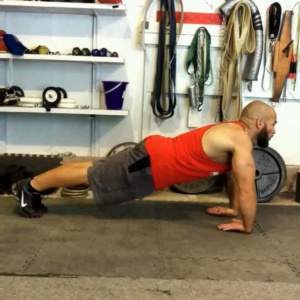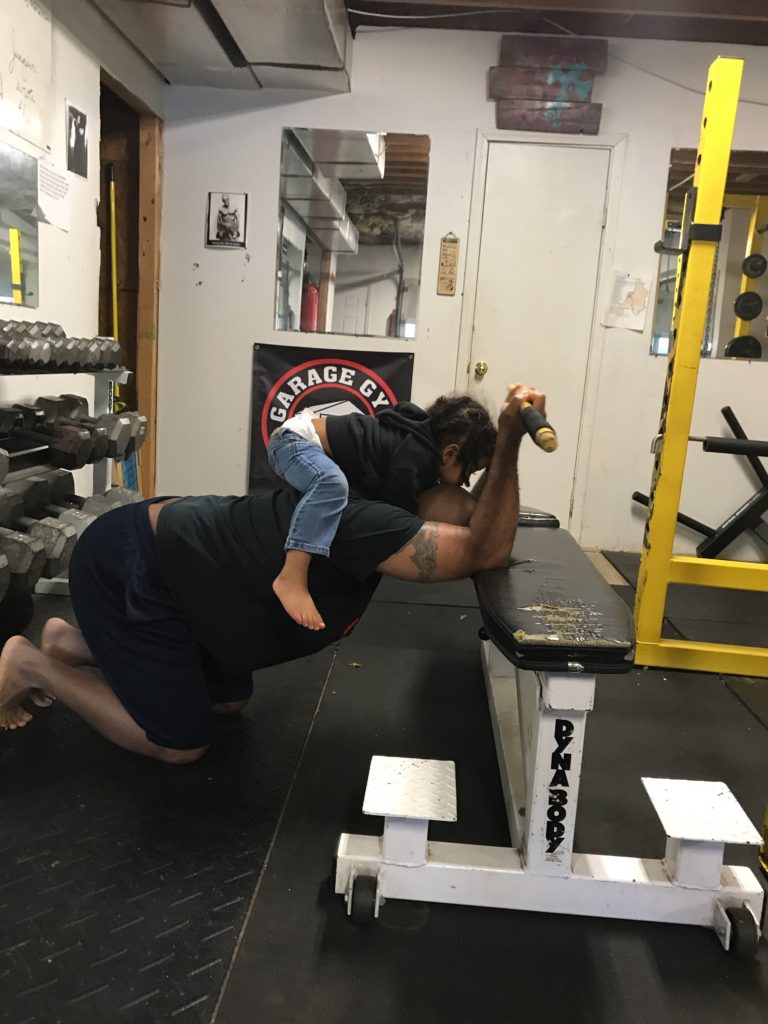Many lifters hate to do dedicated stretching. They pay lip service to mobility work with some casual passes with the foam roller before squats but rarely have a dedicated program intended to keep them injury free and building strength year after year. A chiropractor and a contortionist try to change their minds.
“First of all I see a lot of lifters who just don’t train the phasic muscles. Especially the weekend warriors. They work what I call the glamour muscles and end up in my office with neck, shoulder and back pain,” says Beth Baker, C.C.S.P. a Georgia based chiropractor who has done Graston, ART and myofascial release for over fourteen years. Dr. Baker knows her stuff, I can attest to her skills and so can all of the other patients who voted her practice as Acworth’s best chiropractic clinc
But we’re all accustomed to having our medical professional tell us we’re not taking care of ourselves. So I decided to also consult with Natalie Cornell, a contortionist and gymnastics coach in New Zealand, who’s athletic performance depends on being both strong and bendy. (Come on, you knew I was going to say it at least once didn’t you?) Her answers were simple but eye opening in how much they meshed with Dr. Baker’s medical opinion.
Patience and consistency
 “Much like strength, you will not gain flexibility and mobility overnight,” says Cornell. “Especially in the case of powerlifters as you will have so much muscle resistance when you go to stretch. So be patient with your progress and stretch often,” says Cornell.
“Much like strength, you will not gain flexibility and mobility overnight,” says Cornell. “Especially in the case of powerlifters as you will have so much muscle resistance when you go to stretch. So be patient with your progress and stretch often,” says Cornell.
Dr. B agrees. “It may seem weird because there’s not 450 lbs involved but there is a method to the madness. All it takes is one improper firing pattern to start the ball rolling toward muscle imbalance. Repeat hundreds of times and you really have issues,” she says.
Cornell advises multiple reps of each stretch at LEAST once a week. “To see any sort of result you need to be stretching often. If you really struggle, go into your stretch for seven seconds, rest for seven seconds and repeat ten times.
Dr. Baker says it’s not enough to stretch but you also need to be systematic about your stretching. “Aside from a true injury or trauma I would say upper cross and lower cross syndromes are the majority of patients’ issues. Muscle imbalances from working the tonic muscles and poor posture at work and home,” she explains. “I frequently see weekend warriors on Monday morning because they went all out without proper preparation. How can they expect their bodies to perform after sitting in a car and at a desk for 50 plus hours the previous five days?”
Breaking It Down Barney Style
Cornell has a simple set of bullet points to help you remember to maintain balance in your stretching just like you should in your strength work:
- Your abdominals, chest and shoulders play a huge part in backbends and all need to be stretched as equally as the other. When backbending you are lengthening the muscles in your abdominals, chest and shoulders while contracting those in your back, so it is important to remember that mobility in the back is also mobility in those areas too. Stretch in the opposite direction too so the muscles in the back can be lengthened. This will help to avoid pain.
- Be even. Be safe. The back is incredibly important so make sure your body is always square in your stretches and that you are never favouring a certain side of your back.
Cornell warns that the most common issues she sees in beginners to any mobility program are not stretching for long enough and not holding the stretch for long enough. Don’t worry, she’s got a bullet point list for that too:
- For static stretches you ideally want to be holding them for 2 minutes. This can be extremely hard when first starting out so first start with 12 second hold, and then progress to 30 seconds, 1 minute and finally 2 minutes as your flexibility and mobility increases. But like I said before, 7 seconds in and 7 seconds off will also be beneficial.
- If you can’t hold them for long; do multiple repetitions. Try 10 seconds and 10 reps.
- But also active stretching is great. It’s amazing for building mobility and flexibility and the same time.
But What About My Gains?
One reason lifters don’t want to spend time stretching (besides the fact that it’s boring) is they see too many hyper flexible people spending time rolling and flossing but never touching weights that would bend a barbell. First of all, Dr. Baker advises that you should continue to strength train and in fact you might need to increase the amount of strength work you do for certain muscle groups.”It’s all about balance. If all you do is foam rolling and mobility and leave little time to train then yes, reaching your goals may be a challenge. My train of thought is go ahead and lift. With good treatment your body should be ready to work,” Dr. Baker said.
would bend a barbell. First of all, Dr. Baker advises that you should continue to strength train and in fact you might need to increase the amount of strength work you do for certain muscle groups.”It’s all about balance. If all you do is foam rolling and mobility and leave little time to train then yes, reaching your goals may be a challenge. My train of thought is go ahead and lift. With good treatment your body should be ready to work,” Dr. Baker said.
The Payoff
Okay, now let’s finish with Dr. Baker for the payoff. What can your average meathead hope to gain from stretching three hours a week?

